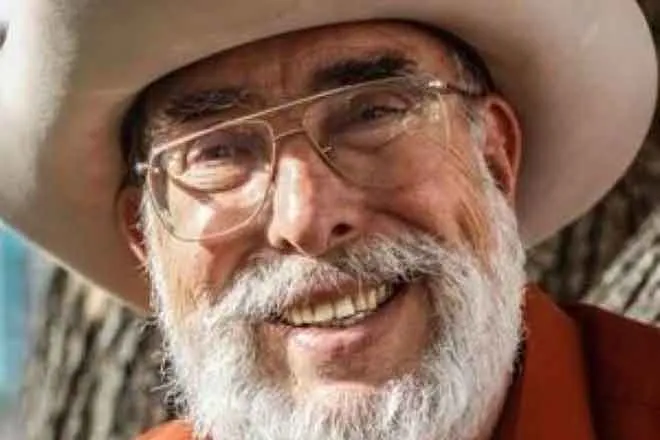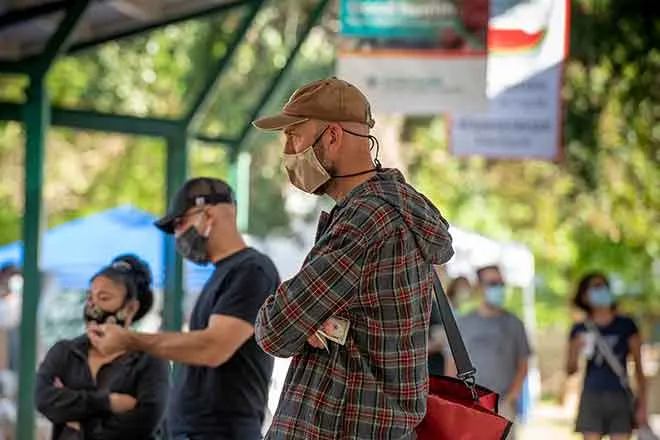
USDA Update – May 20, 2019
IMPORTANT DATES TO REMEMBER:
- FSA Farm Loan personnel in Eads Office –June 11th
- COC Meeting - TBD
- 2019 NAP BUY-UP OPTION DEADLINE – Friday, May 24th
- CRP Primary Nesting Season March 15th– July 15th.
- SERVICE CENTER CLOSED- Monday, May 27th- Memorial Day Holiday
Disclaimer: Information in this UPDATE is pertinent to Kiowa County FSA only. Producers reading this and that do not have FSA interest in Kiowa County are advised to contact their local FSA Office.
NO CRP SIGNUP IN KIOWA COUNTY
Last week USDA announced FSA will resume accepting offers approved for the (CREP) Conservation Reserve Enhancement Program and would also begin Continuous CRP signup 52 for certain practices. The signup for both programs will begin on June 3, 2019. To alleviate phone calls and false information please be aware of the following:
THERE ARE NO (CREP) AREAS IN SE COLORADO.
MAJORITY OF PRACTICES ELIGIBLE FOR SU 52 AREN’T NATIVE TO SE COLORADO.
Most of the practices eligible for SU 52 are for enrolling minimal acres for filter and buffer strips concerning wetlands.
FSA encourages producers to visit the following website and read the news release and/or fact sheet concerning CREP signup and Continuous 52 Signup @ https://www.fsa.usda.gov/news-room/news-releases/index.
In Kiowa County, there are two types of signups that producers can make offers to enroll or re-enroll land into CRP.
GENERAL - land that meets cropping history is generally eligible. General signups have a beginning and ending date for enrollment.
CONTINUOUS - again land that meeting cropping history. Until the FSA offices are notified to stop taking offers; the signup is considered continuous, no end date. Kiowa County has two continuous CRP programs that currently have acres enrolled:
- CRP Grassland
- SAFE – Lesser Prairie Chicken
FSA is planning for a General Signup to begin in December 2019. Producers with 2019 expiring contracts will be notified by mail of their options.
NAP 2019 BUY-UP OPTION - NEWINFORMATION
FSA Offices received clarification last week that producers who have an annual forage policy such as Rainfall Index-Apiculture Pilot Insurance (RI-API), Rainfall Index-Annual Forage (RI-AF) are also eligible for the NAP program. This includes
FSA handbook procedure states that if a producer is eligible to receive payments under NAP and benefits under any other program administered by the USDA Secretary for the same crop loss, the producer must choose whether to receive the other program benefits or payments under NAP; but will not be eligible for both. The limitation on multiple benefits prohibits a producer from being compensated more than once for the same loss.
Further analysis has been conducted to determine whether the Rainfall Index-Apiculture Pilot Insurance Program (RI-API) sold specifically for honey, Rainfall Index-Annual Forage (RI-AF), and NAP cover the same crop loss. RI-API and RI-AF losses are based on a lack of rainfall, measured by a reduction in moisture for specific intervals. NAP payments are based on production losses; therefore, RI-API coverage and NAP do not cover the same crop losses on the same hives/colonies for the same intended use and RI-AF coverage and NAP do not coverthe same crop losses on annually planted forage crops for the same intended use. Therefore, producers who currently have a 2019 RI-API and/or the RI-AF policies are eligible to purchase 2019 coverage (buy-up coverage required) or add buy-up to the existing policy by the deadline of Friday, May 24th.
Producers have a one-time opportunity until May 24, 2019, to obtain buy-up coverage for 2019 or 2020 eligible crops for which the NAP application closing date has passed. Buy-up coverage is not available for crops intended for grazing. Producers who purchased a policy prior to April 8thand wish to add buy-up coverage need to also contact the FSA Office prior to May 24th, those producers will not be required to pay the additional service fees.
Farm Service Agency (FSA) has announced that higher levels of coverage will be offered through the Noninsured Crop Disaster Assistance Program (NAP), a popular safety net program, beginning April 8, 2019. The 2018 Farm Bill also increased service fees and made other changes to the program, including service fee waivers for qualified military veterans interested in obtaining NAP coverage.
NAP Buy-Up Coverage Option
The 2018 Farm Bill reinstates higher levels of coverage, from 50 to 65 percent of expected production in 5 percent increments, at 100 percent of the average market price. Producers of organics and crops marketed directly to consumers also may exercise the “buy-up” option to obtain NAP coverage of 100 percent of the average market price at the coverage levels of between 50 and 65 percent of expected production. NAP basic coverage is available at 55 percent of the average market price for crop losses that exceed 50 percent of expected production.
NAP Service Fees
For all coverage levels, the new NAP service feeis the lesser of $325 per crop or $825 per producer per county, not to exceed a total of $1,950 for a producer with farming interests in multiple counties. These amounts reflect a $75 service fee increase for crop, county or multi-county coverage. The fee increases apply to obtaining NAP coverage on crops on or after April 8, 2019.
Beginning, limited resource and targeted underserved farmers or ranchers remain eligible for a waiver of NAP service fees and premium reduction when they file form CCC-860, “Socially Disadvantaged, Limited Resource and Beginning Farmer or Rancher Certification.”

















